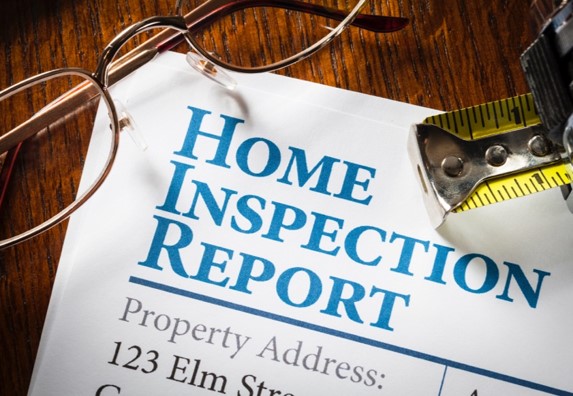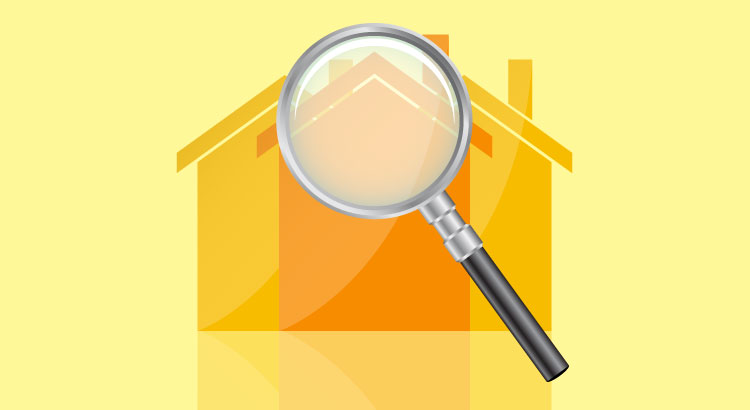Home Inspection Preparation

Preparing for a home inspection is something that more sellers should take into consideration. In a real estate transaction, the home inspection is the biggest hurdle that a home seller faces to have a successful sale, so it’s very important to know what to expect.
When selling real estate, the home inspection takes place within approximately the first week after an offer has been submitted by the buyer and accepted by the seller. A home inspection is paid for the buyer and is performed by a licensed professional home inspector.
Within the terms of the contract, this is called the “inspection contingency”. This means that the contract is dependent upon the successful negotiation and resolution of any inspection items. If the inspection reveals significant problems with the home or the buyer and seller can’t agree to repairs, the buyer may decide to “walk away” from the home. If this happens, they will be sending over a release to sign that terminates the contract.
It stands to reason that you want to be sure your home is in the best possible condition before the home inspection takes place. Home sale preparation is one of the keys to selling real estate, so getting your home ready for the inspection only makes sense. A home inspector is not going to be looking at any messes, but an unkempt home will give the impression of uncaring owners who may not be performing regular maintenance of items that shouldn’t be neglected.
One suggestion to help make the home inspection go more smoothly is to make it easier for the home inspector to do his job. It is common practice in real estate that the seller not be present while the home inspection is taking place. A couple easy things you can do before you leave the home is to make sure the inspector can access the attic and the entire basement. If the attic access is in a closet, remove any items that may block his way. Make sure the inspector will be able to see all the exterior walls in the basement, and have easy access to the HVAC system.
What Do Home Inspectors Check?
Home inspectors go over your home with a fine tooth comb. They generally start on the outside of your home and work their way in. Depending on the size of your home, an inspection can take anywhere from 1.5 – 5 hours. Most inspections fall within the 2-3 hour range.
Some common things inspectors look at on the exterior of your home can include:
-Proper grading to ensure water doesn’t easily get into the home
-Visual damage or cracks on the driveway
-Wood rot on trim or window sills
-Structural cracks on the foundation
-Electrical wiring coming into the house
-The state of the roof including shingles and sheathing, and the chimney
Some things that inspectors look for on the interior of the home can include (but are certainly not limited to):
-Signs of water penetration
-Structural defects
-Plumbing, electrical, and HVAC systems
-Any signs of insects or rodents
-Functionality of the windows, including any failed seals
Common Defects Found During Home Inspections

The best way to prepare yourself for a home inspection is to understand what some of the most probable defects a home inspector is likely to find.
-Improper bathroom venting – In order to prevent mold issues in the attic of a home, current building codes require that a bath fan vent to the outside of the home. However, this wasn’t always the case. A lot of older homes still have it vented into the attic.
-Failed window seals – You can tell if your windows have failed seals by looking for any fogging between the glass panes.
-Chimney defects – This is most commonly just cracks and repointing or mortar. These are often found near the top of the chimney and have occurred over time due to the elements.
-Electrical violations – These are most common in homes where the homeowner has made improvements on his own and not hired a certified electrician. However, there are often a lack of GFI (Ground Fault Interrupter) outlets in the kitchen and bathrooms. Double tapped electrical breakers and non-grounded outlets are other common examples.
-Rotted exterior wood – This is most commonly found around exterior trim, window sills, and areas around decking.
-Minor plumbing defects – Some of the most common plumbing defects include dripping faucets, loose toilets, and slow or leaky drains.
-Mold and radon remediation – Mold and radon are the two biggest deal killers in real estate. Mold is something that will need to be tested and remediated by a mold specialist. After being remediated, the mold specialist would then need do a mold re-test to get the all-clear. The most common places to find mold are the attic, basement, and bathrooms.
Radon is a naturally occurring gas found in the ground that enters the home through the basement area. It is a known health hazard and most buyers will request that you have it mitigated by having a radon mitigation system installed and a second radon test done. The radon test should show safe levels below 4.0 pCi/L. This is relatively easy to have done.
Disclosure or Fixing Items Prior to Closing
When defects are listed on the home inspection report, the buyers then put together a list of repair requests that they want you to have completed by licensed professionals prior to closing or give them a repair allowance to have the repairs done themselves after closing.
This portion of the transaction is the inspection negotiation. As the seller, you can agree to either all, some, or none of the repairs. However, it is important to note that you if you refuse to make the repairs and the deal falls through, you will have to disclose all those known defects to any future potential buyers.
Bottom Line
If you want to keep your home sale on track, it is crucial to prepare for the home inspection.
Questions about selling your home?
Call/text 513-368-3751
